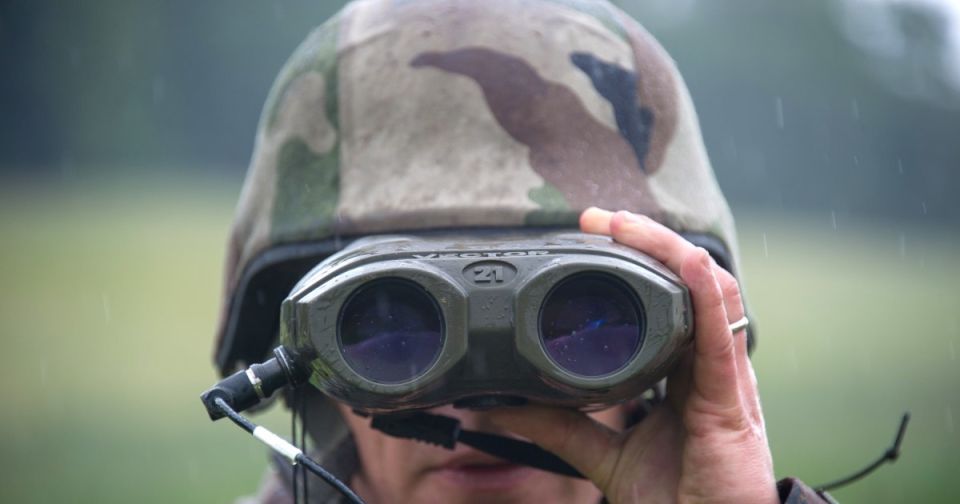Oct 14, 2015
Japanese researchers invent a throwable ‘Droideka’ drone
Posted by Shailesh Prasad in categories: military, robotics/AI
A team of researchers from Japan’s Chiba Institute of Technology recently presented a novel robot design at the IEEE/RSJ International Conference on Intelligent Robots and Systems. It can be thrown like the Explorer camera sphere, but after it stops rolling, this nimble quadruped unfurls mechanical legs to skitter the rest of the way to its destination — basically the same idea as Star Wars’ Droideka, just without the laser cannons (yet).
The robot is called the QRoSS. The second iteration, shown above, employs a 30 cm protective shell. It uses this shell mostly as a passive shock absorber, akin to a robotic roll cage. And since the legs operate independently from the outer structure, the robot can easily navigate rough and uneven terrain at speeds reaching 0.1 meter per second without fear of falling over. Even if it does, the cage will take the brunt of the damage, not the delicate machinery inside. This setup therefore could be employed in emergencies by first responders to scout ahead of rescue teams operating in damaged or structurally unsound buildings.

















